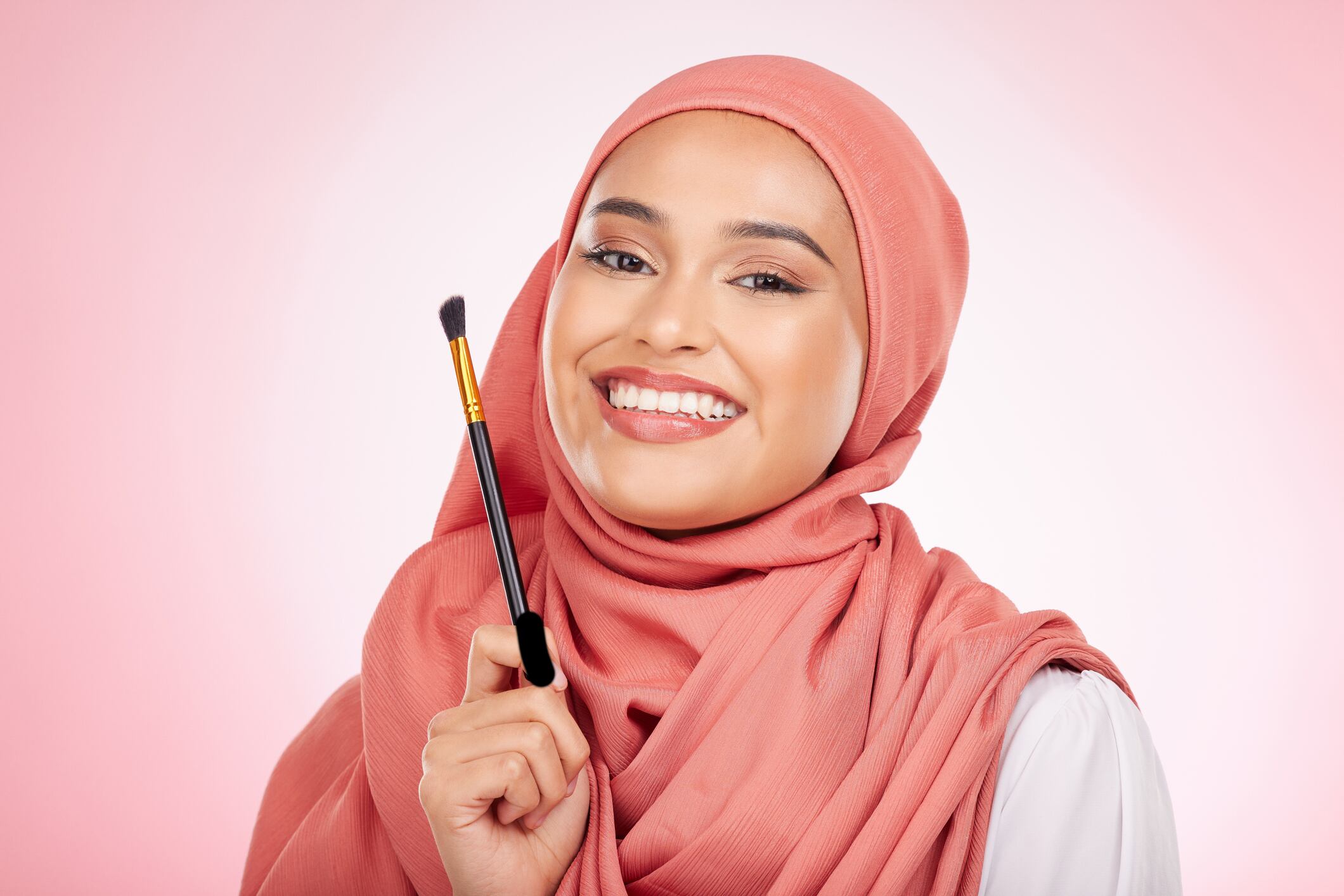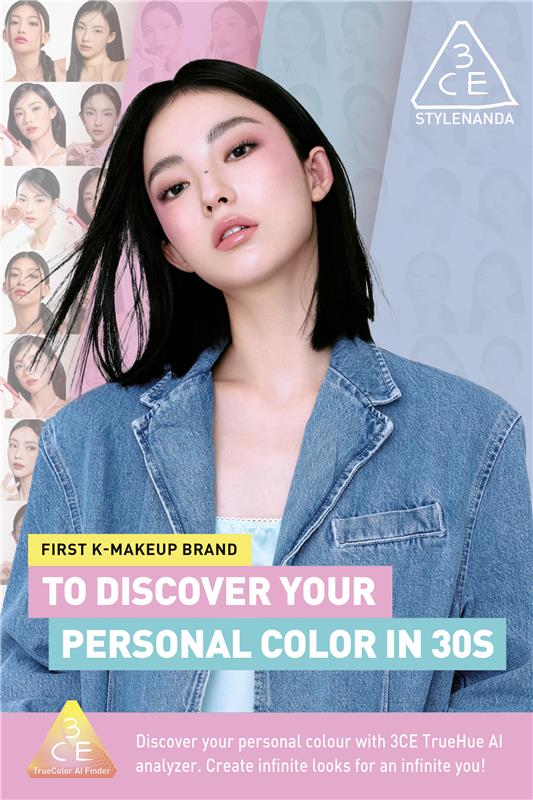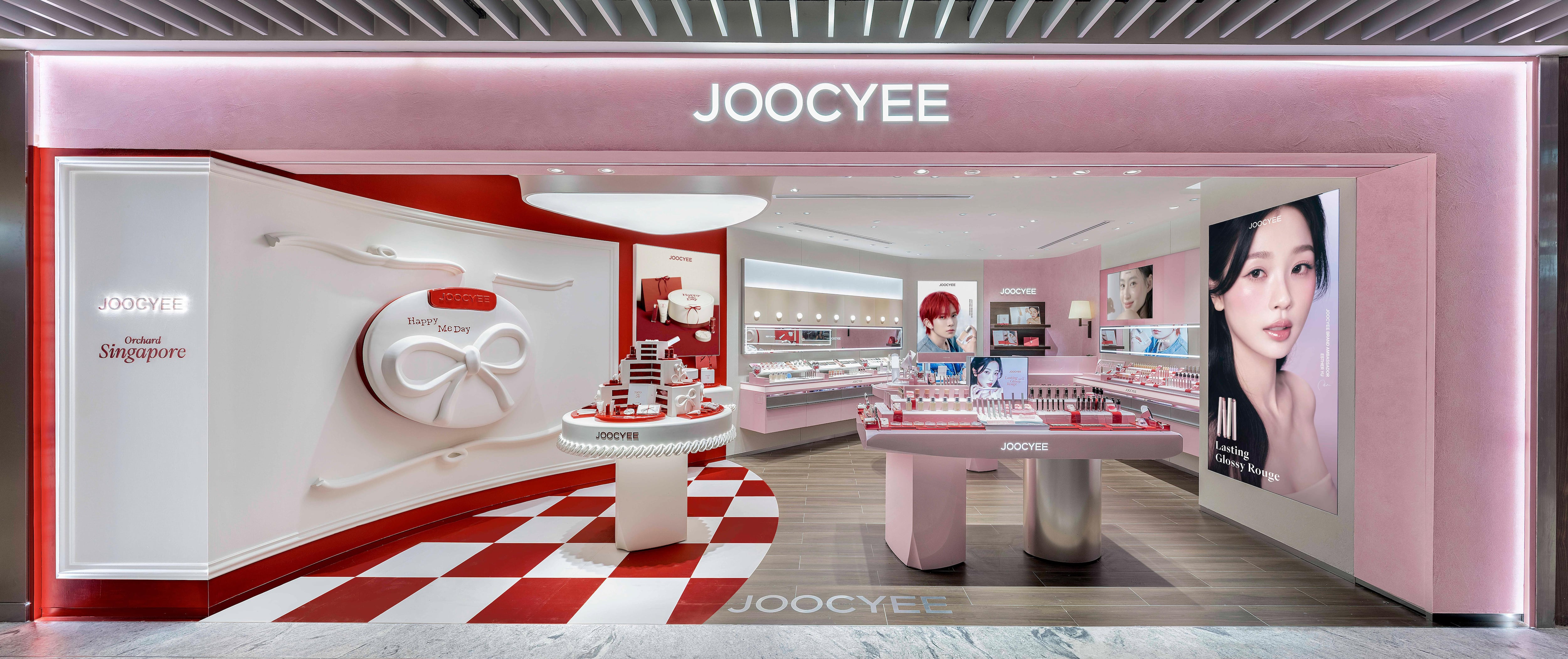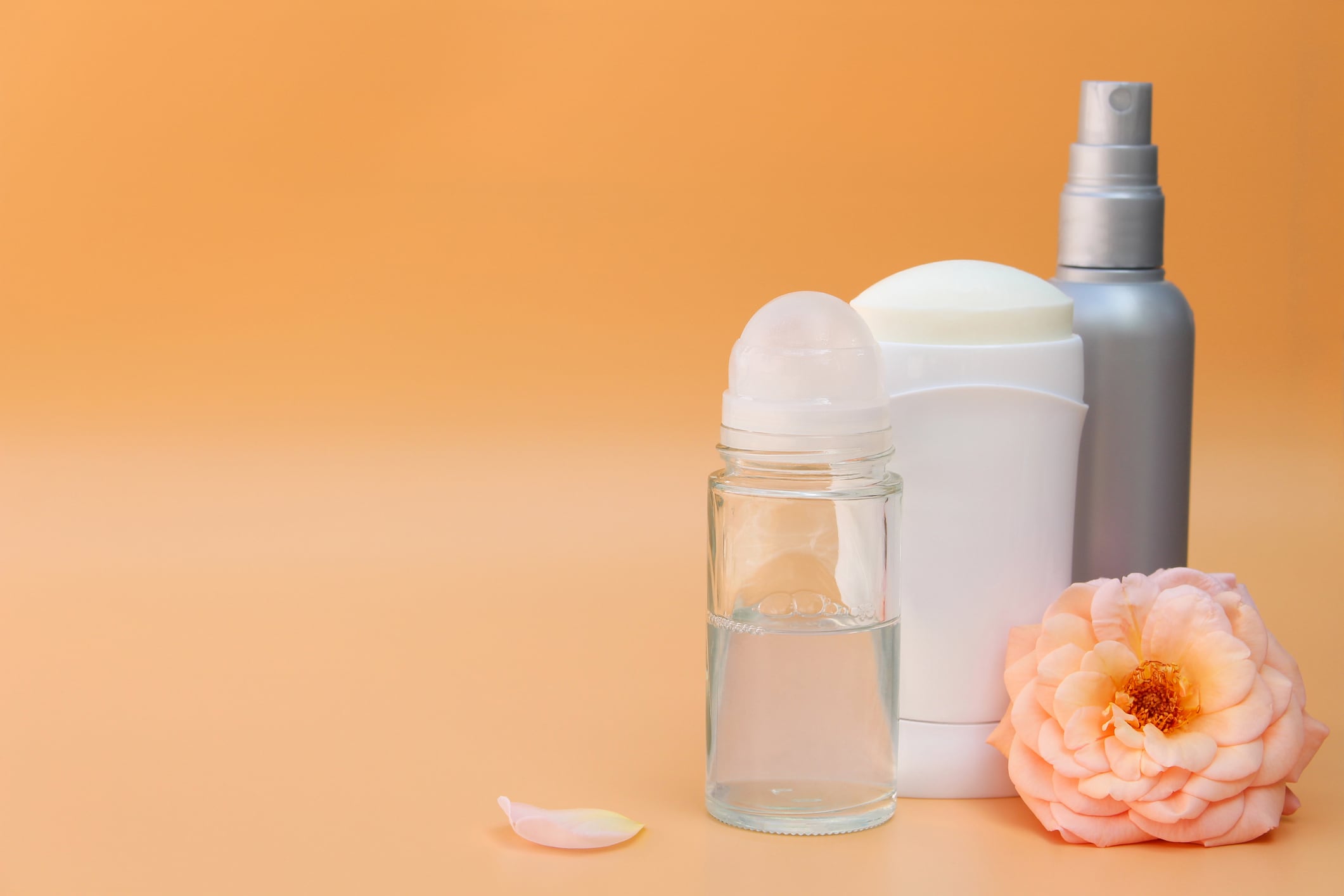Based on the 2024/2025 State of the Global Islamic Economy (SGIE) Report, global Muslim spending on cosmetics reached $87bn in 2023 (up 2.9% from 2022) and is on track to hit $118bn by 2028 at a CAGR of 6.3%.
India remained the largest market by Muslim consumer spend, while Turkey and Indonesia moved into second and third place, respectively. Notably, these figures reflected addressable spend by Muslim consumers on beauty and personal care, not just halal-certified goods.
While wider awareness of halal positioning in both Muslim-majority and -minority markets was behind topline growth, halal claims were not the only driver. Buyers also weighed price, performance, sustainability, and digital access. This meant that certification opened doors, but brands still needed strong value, clear science, and reliable supply.
Imports rising fast
Cosmetics imports into the Organization of Islamic Cooperation (OIC) countries totalled $20.62bn in 2023, up 11.3% year on year. Imports are projected to reach $32.47bn by 2028 (9.51% CAGR).
The UAE ($4.62bn), Saudi Arabia ($2.52bn), and Turkey ($2.01bn) were the top OIC importers last year. Skin care and makeup made up the largest import share (30.9%), followed by fragrance blends (23.8%), and perfumes and body sprays (17.6%).
France remained the top exporter to OIC markets at $3.88bn in 2023, supported by strong brands, R&D depth, and manufacturing capabilities. The UAE ($1.70bn) and US ($1.32bn) followed, with Italy, Germany, China, and Spain also significant.
Additionally, the UAE’s re-export role was notable, serving as a distribution hub for the wider region.
East Asia’s growing influence
Chinese and South Korean players also shaped the halal beauty landscape. Chinese brands — helped by sharp pricing, fast product cycles, and social commerce — were popular among Gen Z across South East Asia (SEA) and GCC. SHEGLAM’s expansion to roughly 140 stores across the GCC, for instance, signalled growing consumer acceptance of C-beauty labels.
At the same time, Chinese variety retailer KKV is planning 10 new stores in Malaysia as part of its ambition to reach 200 across SEA in three years, carrying large assortments that include skin care and makeup.
On the supply side, manufacturers have been building capacity in China to serve global demand efficiently. Cosmax completed a major cosmetics plant in China designed to scale from 5m units per month to as many as 30m. Meanwhile, L’Oréal has diversified its China logistics, adding Guangzhou and new inland projects, to improve resilience after pandemic-era disruptions in Shanghai.
For Korean brands, policy support matters. South Korea’s Ministry of Food and Drug Safety (MFDS) has been expanding training on halal cosmetics certification. A new Korea-GCC free trade deal has also reduced tariffs on a large share of goods, which will likely speed up K-beauty’s entry into Muslim markets, including the GCC.
GCC momentum
Beauty and fragrance have been drawing capital in Saudi Arabia and across the Gulf. Al Majed for Oud’s $188m IPO sold out within hours, and online retailer Nice One jumped 30% on its $320m listing. Jadwa Investment bought 35% of Kuwait’s Gissah Perfumes, with an eye on a Saudi listing.
Additionally, the Public Investment Fund’s Halal Product Development Company invested in Believe, a Singapore-based halal beauty firm, to localise production.
On the retail side, Watsons posted 53% sales growth in the GCC, and is targeting Bahrain and Kuwait next, after entering the UAE, Saudi Arabia, and Qatar with Al-Futtaim. Flormar plans to triple its Saudi store count to capture rising demand, while Beautyworld Middle East set a new attendance record, signalling a deeper regional ecosystem for B2B networking and sourcing.
Greener supply chains
Sustainability has been moving from talk to implementation. In Indonesia, ERHA introduced what it calls the country’s first cosmetics reverse vending machine to reduce packaging waste. L’Oréal launched a EUR50m (USD58.6m) supplier fund with Chenavari to help smaller partners finance sustainability upgrades, while Kiehl’s, Sephora, and Ulta are building programmes to trim plastics across their networks.
Regulators have responded as well. Indonesia drafted tighter rules for refillable cosmetics labelling, Thailand’s FDA set conditions for cosmetics refill stations, and the EU updated its CLP (Classification, Labelling and Packaging) rules to improve transparency. The latter included digital labelling and clearer e-commerce information, making greener options easier to implement and monitor.
Counterfeit crackdown
Authorities have been stepping up enforcement against fake beauty products that can harm users and erode trust in halal claims. In the UAE, roughly AED23m (USD6.26m) worth of counterfeit cosmetics and other items were seized.
Saudi Arabia’s FDA confiscated 365,000 unregistered cosmetics and food items tied to unlicensed online sales, with penalties under its Cosmetics Law reaching SAR5m (USD1.33m) or five years’ jail time.
In addition, Indonesia’s BPOM reported 51,000 illegal cosmetics found in checks on beauty clinics and blocked over 100,000 online listings since 2023.
These moves point to a tighter operating environment for grey-market sellers. They also reward brands that can demonstrate traceability across ingredients, processing, and distribution. For halal cosmetics, it means linking certification data to packaging and retail systems so buyers and regulators can verify claims quickly.
Boycotts and inclusive beauty shape demand
In parts of Asia and the Middle East, consumer boycotts related to geopolitical issues have shifted purchases away from certain Western brands. In Indonesia, L’Oréal and The Body Shop faced boycotts, and shoppers turned toward Chinese and local brands online. One UAE brand, Magically Holistic, reported a 23% sales lift over the past two quarters.
At the same time, inclusive and gender-neutral beauty is rising. Search interest for “unisex perfume” in MENA has jumped by more than 50%, while Sephora and TikTok are coaching brands on more inclusive content strategies.
For halal players, unisex fragrance and skincare lines are a practical way to reach broader audiences with simpler ranges and fewer SKUs.
AI for colour, scent, and personalisation
AI is moving into formulation and retail decisioning. Cosmax built a deep-learning colour-matching system that could predict shade outcomes without repeated lab work — a time and cost saver for colour cosmetics.
Furthermore, Unilever said consumer-facing AI boosted purchase completions by 43% for some beauty brands. In SEA, Wardah launched Colourverse, an AI-supported personal colour analysis experience that classifies hue, saturation, and brightness to guide shade selection.
Fragrance has seen similar moves. For example, online marketplace Flowwow created an AI UAE Scents collection for the emirate’s National Day, while Osmo, a start-up founded by a former Google researcher, introduced an AI-powered scent sensor aimed at authenticating products, which holds promise for anti-counterfeit measures.
Outlook to 2028
According to the SGIE report, brands that will lead by 2028 would need to do three things well: certify and verify at speed, scale sustainably with smart packaging and refill, and meet consumers where they are — on price, on digital, and on inclusive positioning.
For entrepreneurs in Muslim-minority markets, however, the path can be harder. “In countries where Muslims are a minority, like Japan, the halal business community is still limited. I’ve participated in several entrepreneurship events, but most are general and not specifically tailored to halal,” said Selly Septiani, founder of Hajime Skincare.
As investment and policy tailwinds build in the GCC and SEA, one can expect more joint ventures, localised production, and tighter trade links with East Asia. For suppliers, the opportunity is to become the trusted engine behind this growth lies in compliant, responsive, and built for traceability.




